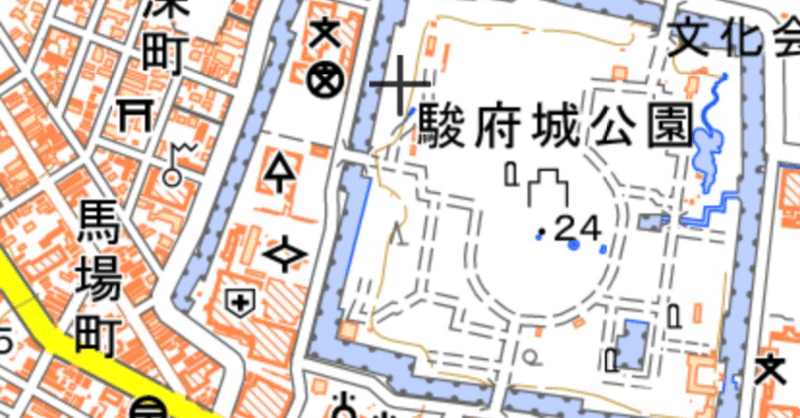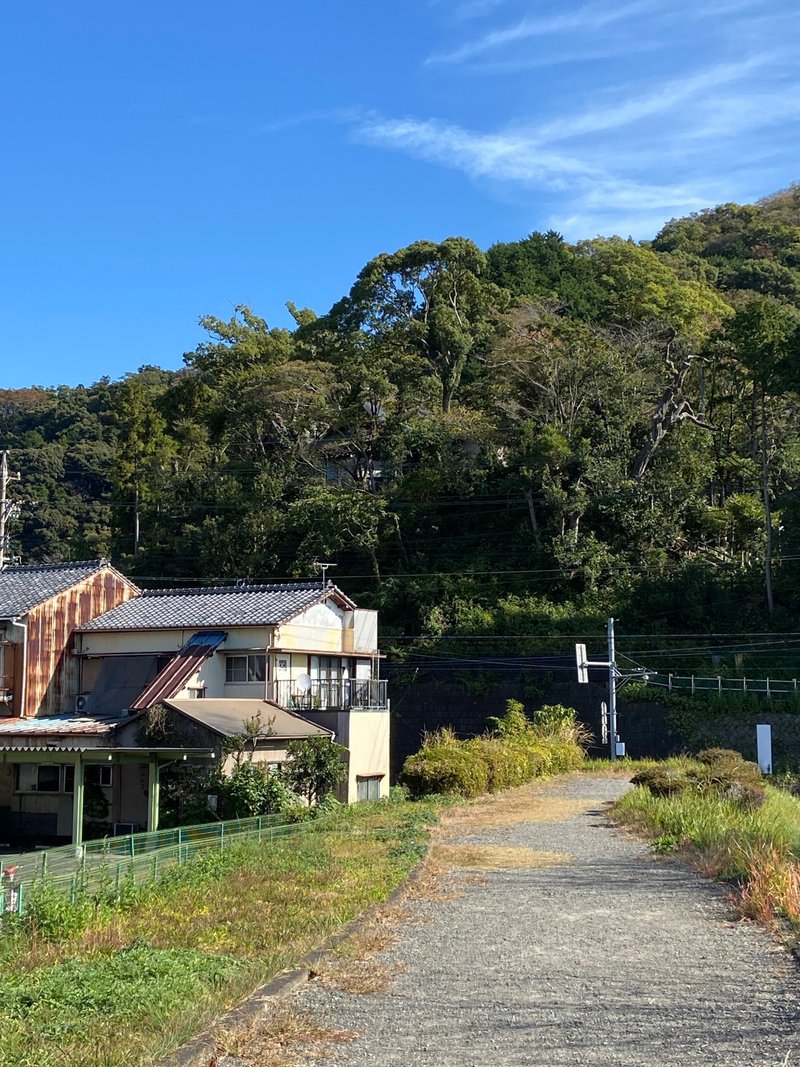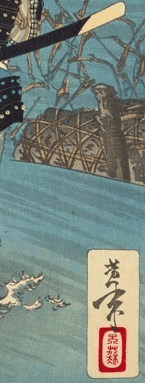
【~連載~静岡の歴史を学ぼう181】Geopolitics in Shizuoka Part2 静岡の地政学 パート2
※ この記事は「静岡移住計画Facebook」に掲載しております。
NHKの人気番組「ブラタモリ」。12月3日の放送回は「静岡~家康が愛した駿府ってどんな所?~」。ついに静岡の回です!
実は歴史愛好家である私の父が11月6日に静岡市番町市民活動センターで講座をした内容とつながる部分があるかもしれません。ブラタモリ前にディープな駿府の歴史をのぞいて見ませんか?駿府の歴史を語る上で賤機山の西側にある「井宮」に注目してみましょう。

Geopolitics in Shizuoka Part2.
静岡の地政学 パート2
There is an interesting record written by Imagawa Ujichika (the 7th head of the Imagawa clan in Suruga Province) on September 6, 1509.
(駿河国の今川家七代当主)今川氏親が1509年9月6日に書いた興味深い記録があります。
According to the record, he granted many territories under Hojuin Temple, Suruga Province.
その記録によると、彼は駿河国の宝樹院(寺院)に多くの所領を与えました。
It means the temple obtained a right to manage and get profits (mainly from rice ) generated in the territories.
その寺院はその所領内を管理し、生産される利益(主に米)を得る権利を手にしたことを意味します。
This special treatment is because the son of Ashikaga Takauji, the first Shogun of the Muromachi military government, was buried in this temple.
なぜそのような特別な扱いを受けたのかというと、この寺には、室町幕府初代将軍足利尊氏の息子が埋葬されていたからです。
One of these territories was stated as ‘Inomiya Shochi(Shinchi)’, which means "a newly developed land or a sacred land in Inomiya."
送られた所領の内の一つが「井宮初地(神地)」と記述され、「初めての土地あるいは井宮の神の地」を意味します。
(静岡県史でも初地もしくは神地か、との記載があります)
This territory in Inomiya generated the largest amount of rice compared to other territories in this record.
井宮の所領はこの記録内にある他の所領と比べて、一番多くの米を生産できました。

Just looking at the record, we can say that Inomiya had a lot of potential for agriculture.
その記録を見ると、井宮には農業の潜在能力が高かったと言えます。
So we can assume that people already used irrigation systems during this period.
ですから、この時代、人々はすでに灌漑設備を使っていたのではないかと推測できます。
It seems that people in Inomiya learned how to peacefully coexist with the Abe River even in the Medieval period.
井宮の人々はすでに中世の時代に安倍川と平和に共存する手段を身に着けていたのではないでしょうか。

Thinking about the technology of irrigation at that time, it is considered that people used gabion to intake water from the Abe River.
当時の灌漑の技術を考えると、人々は安倍川から水を取り入れるのに蛇篭を使っていたと考えられます。

The usage of gabion was recorded in the ‘Kojiki,’ which is the official oldest history book in Japan.
蛇篭の使用は古事記にも記録されました。古事記とは日本で一番古い公的な歴史書です。

It was compiled in 712 AD.
712年に編纂されました。
Kojiki stated that it was a coarse bamboo basket containing big stones made of thinly cut bamboo.
古事記が説明するには、蛇篭とは竹で出来た目の粗い籠であり、大きな石を含んでいます。
It is considered that gabion was introduced from China to Japan between 380 AD and 640 AD.
蛇篭が中国から日本につたえられたのは、西暦380年から640年の間と思われます。
In addition, the next district of the present Inomiya-cho in Aoi Ward is called ‘Kagoue’.
加えて、葵区の現在の井宮町の隣の町内は「籠上」です。

‘Kago’ means bamboo basket, which exactly refers to bamboo-made gabion.
「かご」は籠を意味し、それはまさに竹製の蛇篭を指します。
The name ‘Kagoue’ originated from the place where gabions were installed along the Abe River.
その「籠上」という名前は安倍川沿いに蛇篭が設置された場所から由来しました。
I‘d like to go back to the record written in 1509 by Imagawa Ujichika.
1509年、今川氏親によって書かれた記録に戻ってみましょう。
He granted many territories to Hojuin Temple.
彼は宝樹院に多くの所領を与えました。
One of the items is ’1cho (about 1 hectare) of Honden (rice paddy) and 1 cho of Shinden (newly-developed rice paddy) in Anzai village’.
その所領の一つが「庄安西郷一町本田・一町新田」です。
(1町=1ヘクタール、ほんでん=田んぼ しんでん=新しく開拓された田んぼ)
The statement "Shinden" appears for the first time in Sumpu's official records during the medieval period.
「新田」の記述はこの時、中世の時代、駿府の記録に初めて登場しました。
It means that developing rice paddies by utilizing bamboo-made gabion was possible in 1509.
つまり、蛇篭の利用により新田が開発されることは1509年の時点では可能だったと言えます。
My father explained that Sumpu's newly developed rice paddies statement was an epochal event in Sumpu's geopolitics.
父が説明するには、駿府の新田の記述は駿府の地政において画期的な出来事だったと言えるのです。
(参考資料)「まあるいしずおか 水をめぐる冒険 ”駿府御囲堤の散策講座”」令和4年11月6日資料 村田雄剛氏作成
「蛇篭に関する歴史的考察」日本河川開発調査会 正会員 石﨑正和
(第7回日本土木史研究発表会論文集 1987年6月)

この記事が気に入ったらサポートをしてみませんか?
